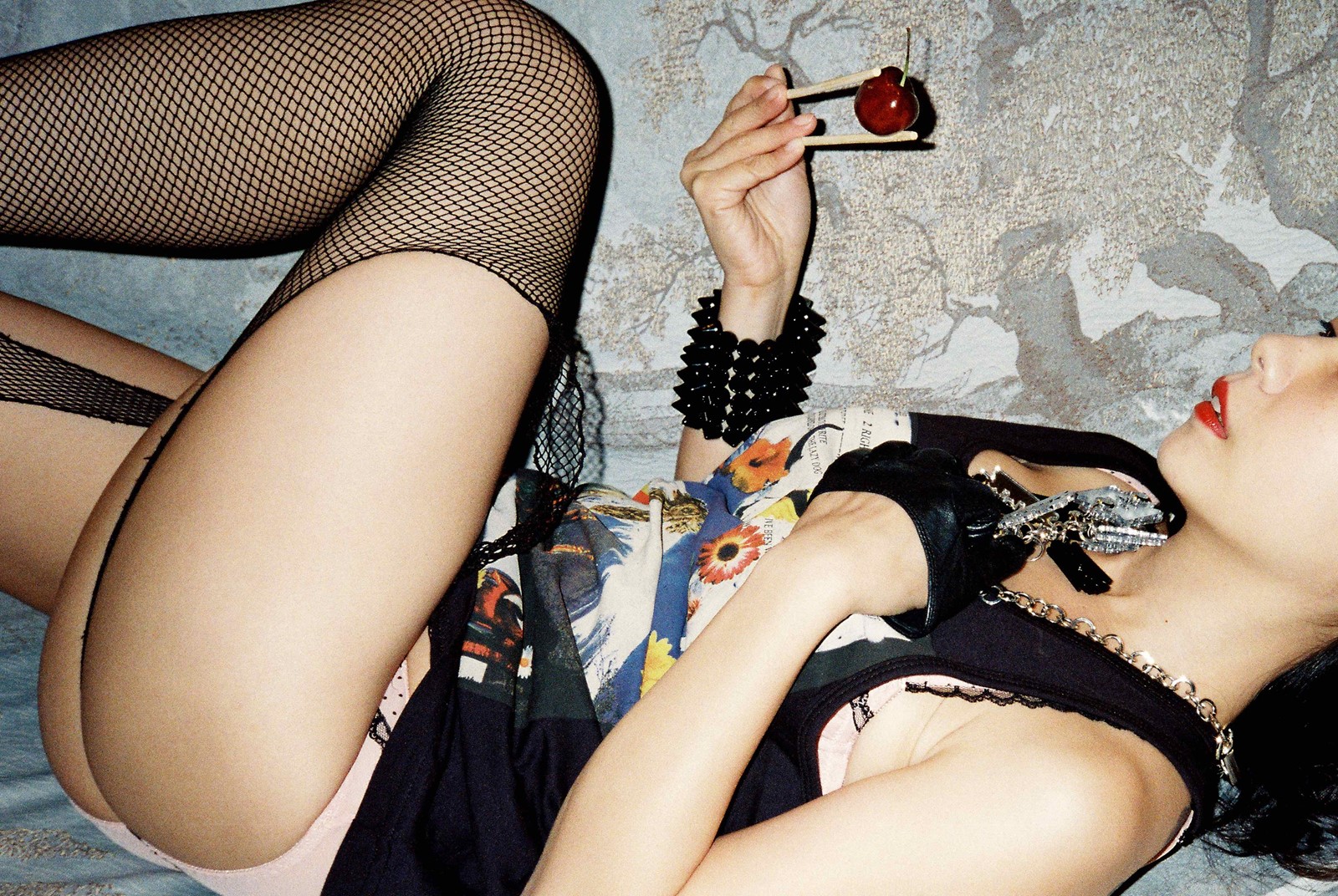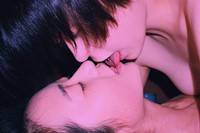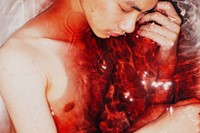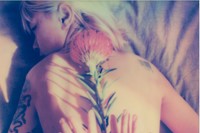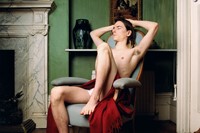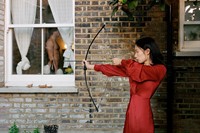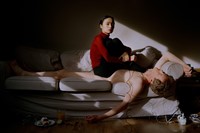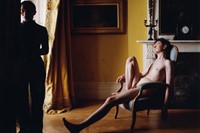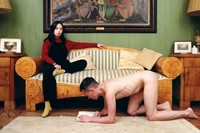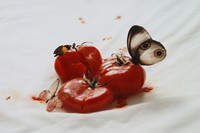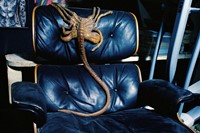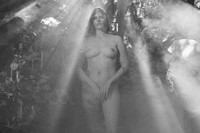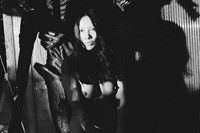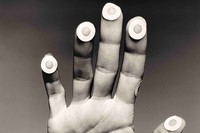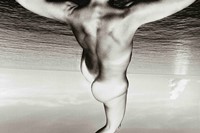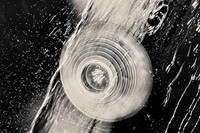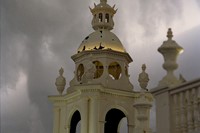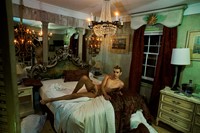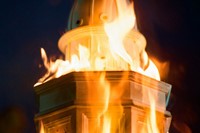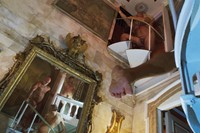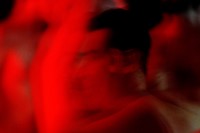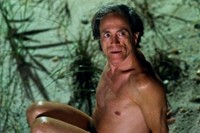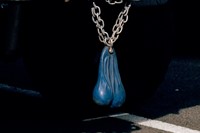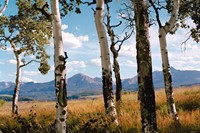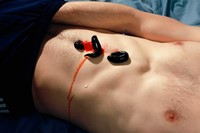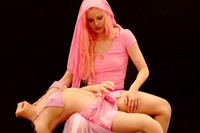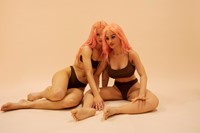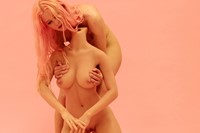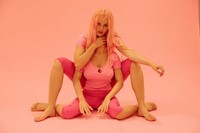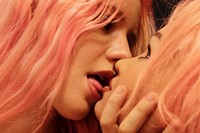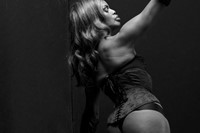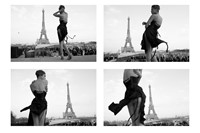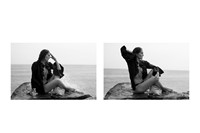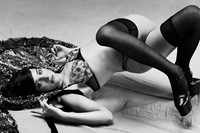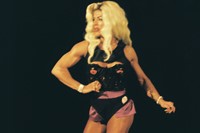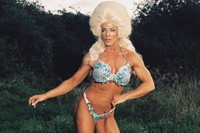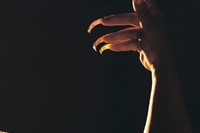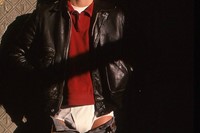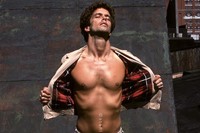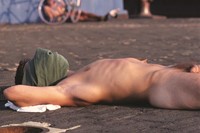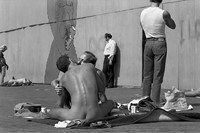The body has never been left out of public debates. This year, however, has ignited a particular social and political outburst with the attack on women’s reproductive rights in the US, the impassioned women-led protests in Iran against the regime’s oppressive policies, and the alarming rise of attacks against queer people and spaces. Photographers have, in return, responded with piercing images of discovery, resistance, and introspection.
With the body’s relationship with sex and sensuality at risk, artists this year have released work that triggers thinking on topics that pushed many on to the streets to protest. If art is a form of activism, many have practiced it with images of perseverant bodies, nude but not unguarded, sexual yet aware, and gentle yet strong. From Matthew Leifheit’s photographs of the Fire Island community to Celia Croft’s series of female bodybuilders, a form of strength lives within the bodies captured in these ten photography projects from 2022. Now is a great moment to remember: naked bodies have always been rebellious.
Colours of Love by Lin Zhipeng (lead image)
Camaraderie is among the main threads of contemporary art; painters and photographers look no further than their friends, lovers, and peers to embody the moment. Chinese artist Lin Zhipeng (also known as 223) captures the country’s youth with a similar approach, while his lens also acknowledges the social role of photography in a place that is culturally conservative about self-expression. Colours of Love, which was on view at L’Espace Sinibaldi in Arles last summer, exhibited 223’s honest observations of young people embracing life with its quirks, joys and heartbreaks, the thrill of youth infused in his shots of exuberance and wanting. Green Light shows a hotel room washed in emerald colour, a nude young man contemplatively sitting on a bed, turned towards the light-emanating window rather than our gaze, while Justine and Jojo’s Love celebrates two titular posers’ yearning for each other with a red lipstick heart drawn over their nude breasts.
Read AnOther’s interview with Lin Zhipeng here.
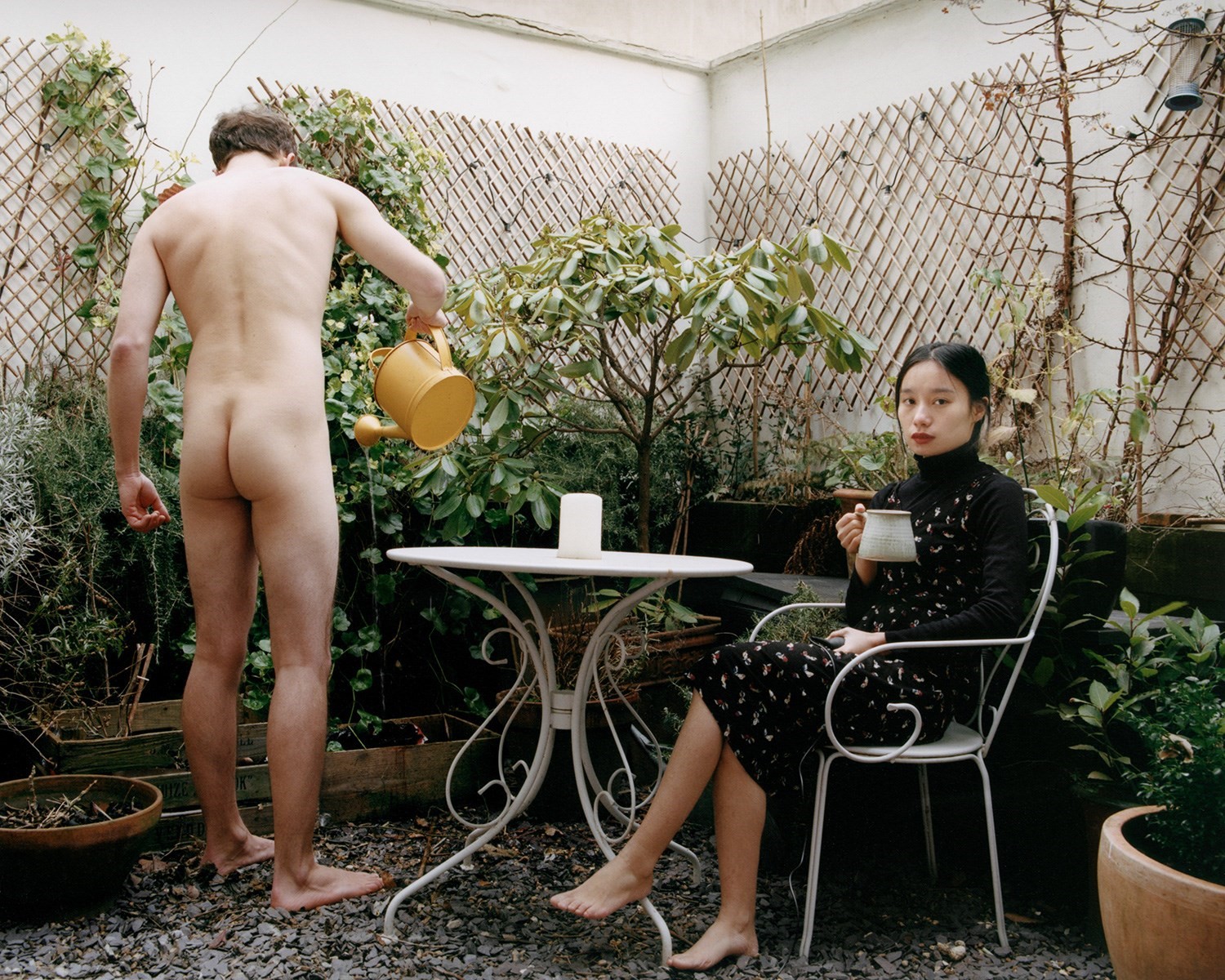
Baroness by Yushi Li
Online dating is a power play, the dynamics moving on a kinetic shift dominated by ego wars and desire hints. Yushi Li’s photography book Baroness topples any imbalance embedded in the game, with images of the photographer alongside men she has recruited from dating apps in domestic scenarios. Nude and passive, the men engage with mundane tasks in elaborate, homey settings while Li is poised, clothed, and self-assured. The trajectory of the undressed woman in art history shattered, with the images speaking to the viewer through the artist’s direct stare, while her companions remain busy and aloof.
Read AnOther’s interview with Yushi Li here.
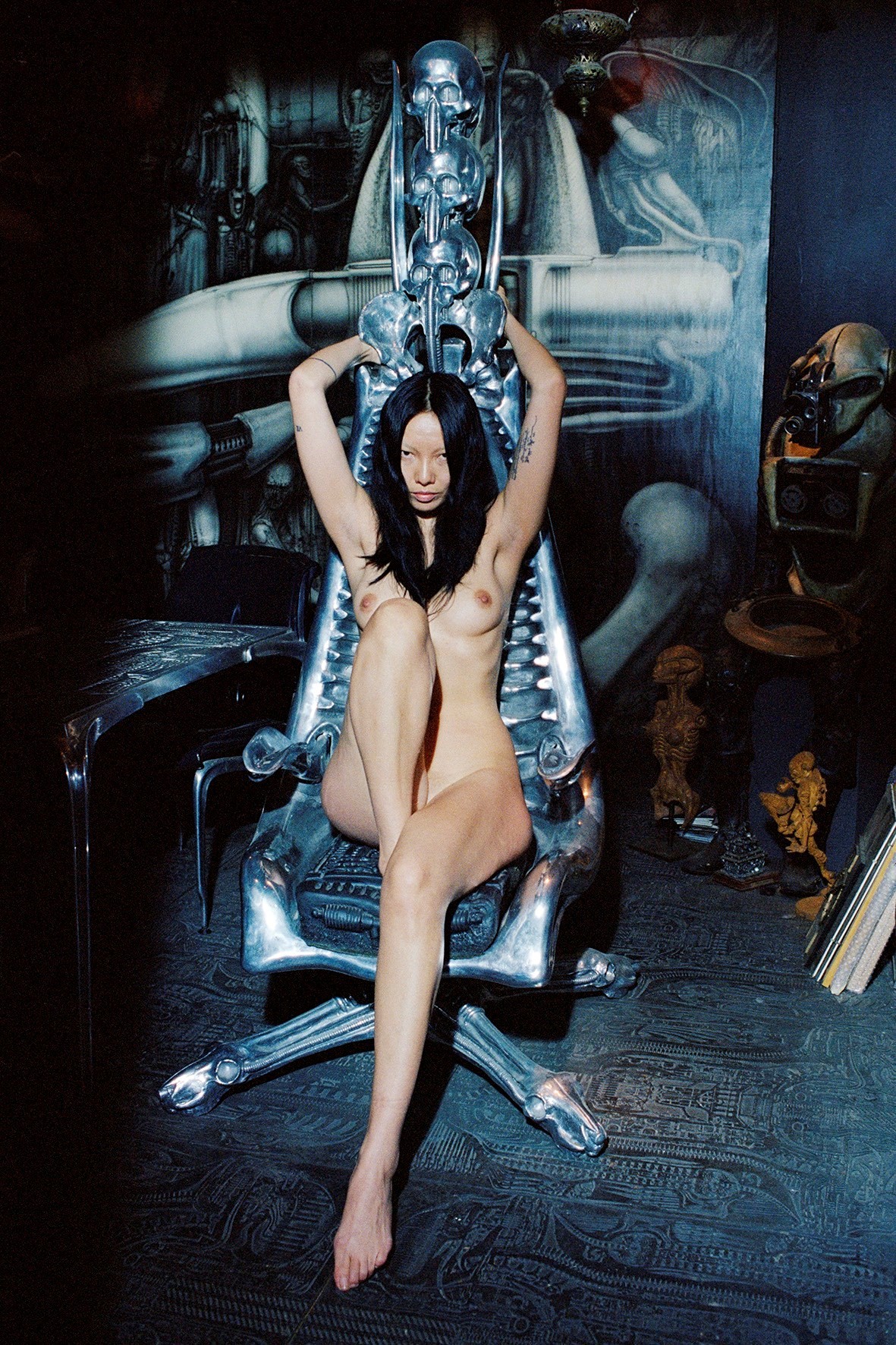
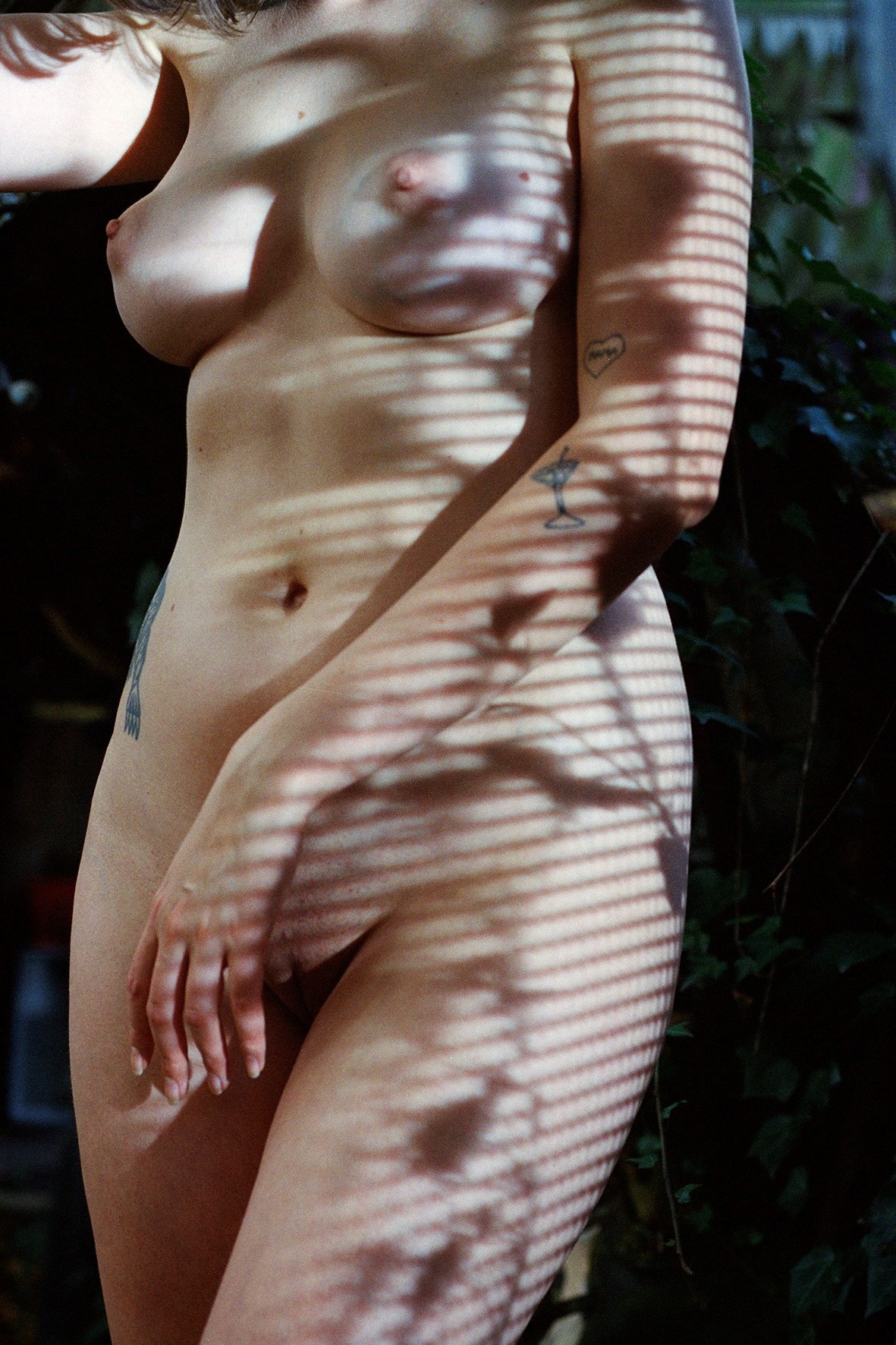
HR Giger by Camille Vivier
What could be the 20th century’s most iconic anti-body – one that entraps fear, desire, and future all at once? The answer is arguably HR Giger’s design for Ridley Scott’s 1979 cyber-gore masterpiece Alien. French photographer Camille Vivier was granted access to the late artist and graphic designer’s home and museum for a shoot, and the resulting images intertwine Giger’s boldness to traverse the subconsciousness’s unsettling corners with Vivier’s romantically lit and sensual lens. In one image, a nude woman perches over Giger’s chair-cum-robotic skeleton, the sudden shock of the cold metal touching the sitter’s flesh, while out in the garden, another unrobed woman is washed by sunlight, surrounded by an army of eerie biomechanical metal sculptures and parts.
Read AnOther’s interview with Camille Vivier here.
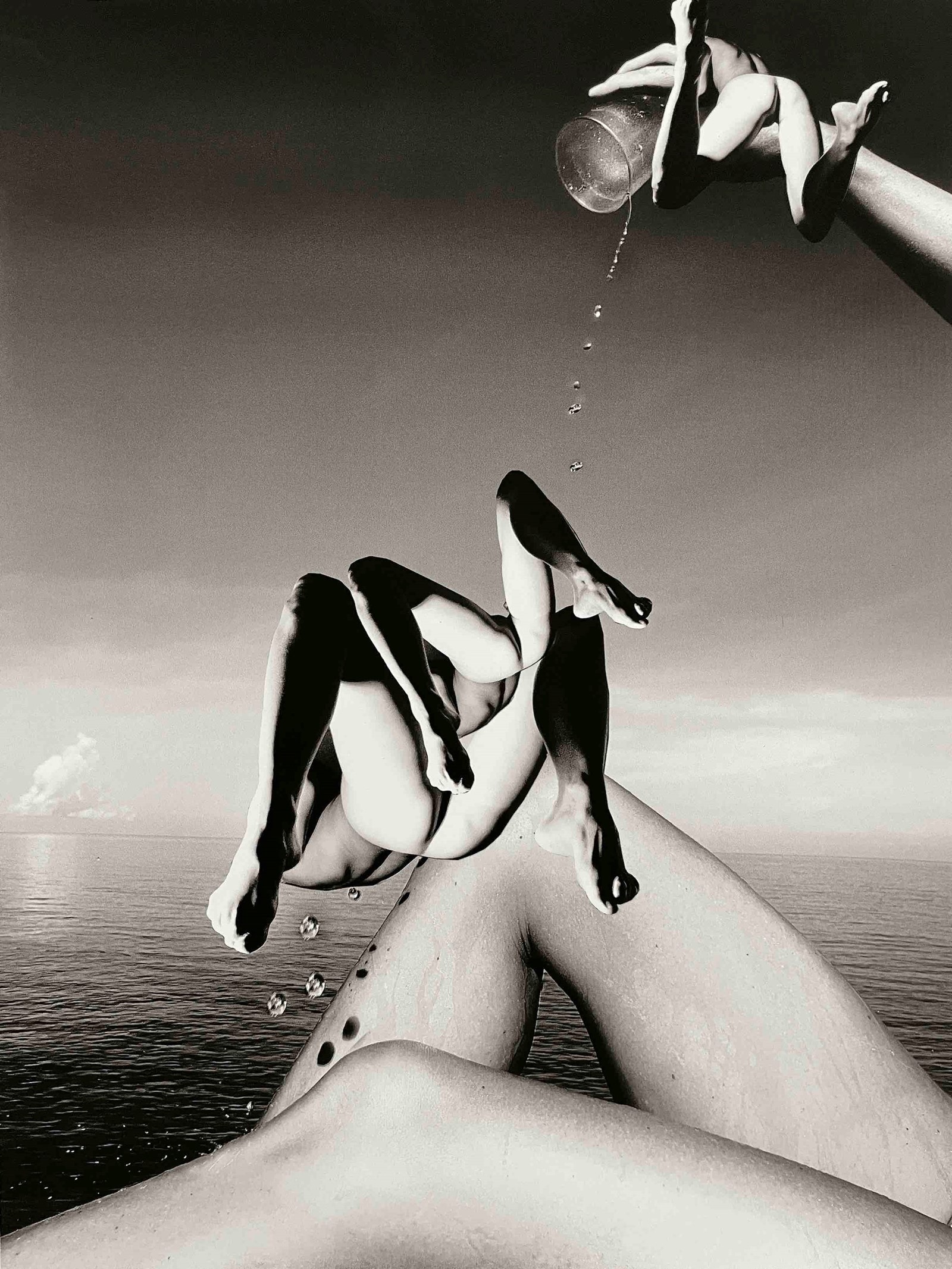
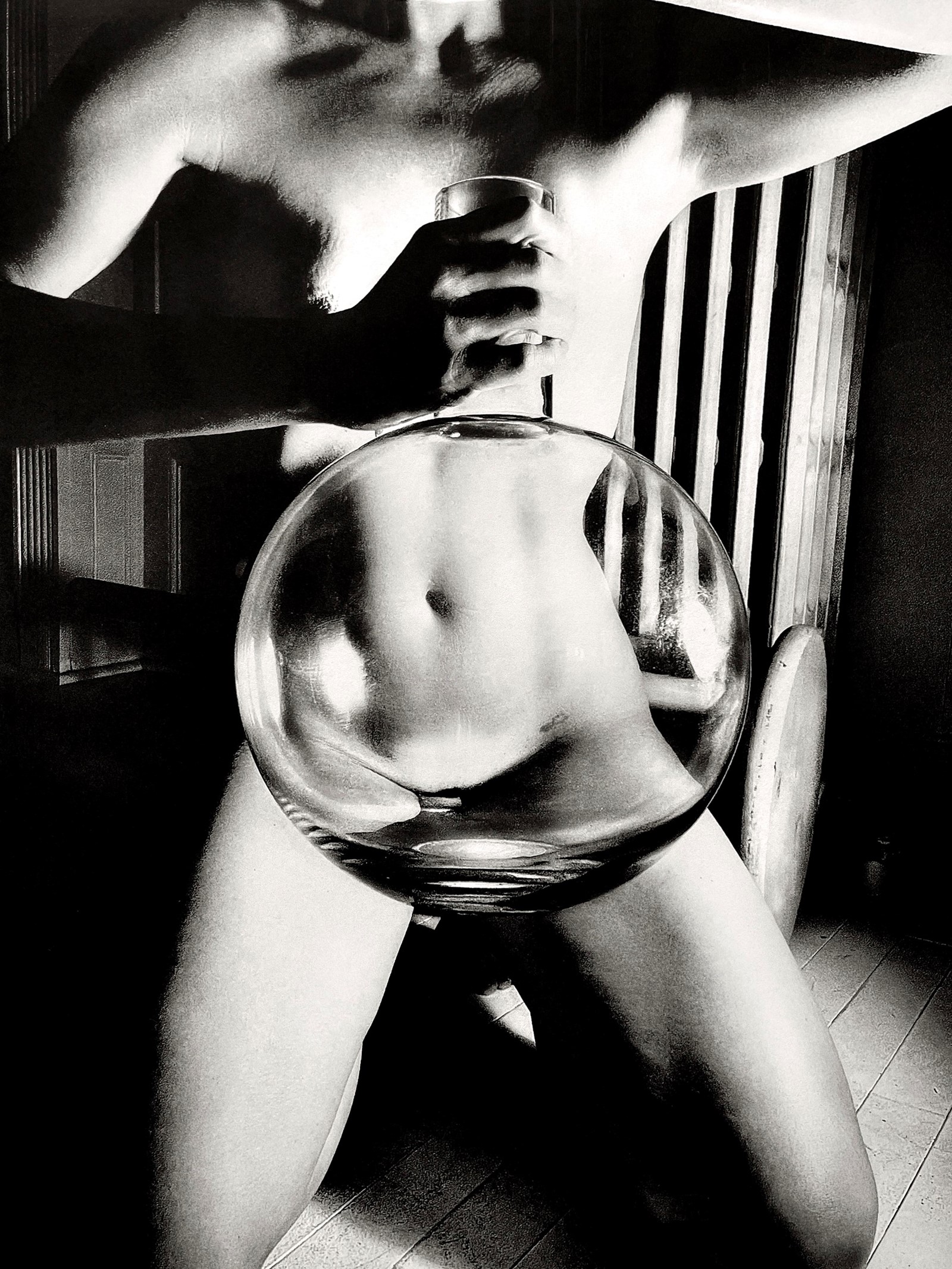
I Wash You Dry by Katie Burnett
Our eyes have never been more tricked than now, with the potential of Photoshop, the eerie humanness of deep fake AIs, and social media’s warped representation of joy and gloom all challenging our understanding of reality. New York-based photographer Katie Burnett’s new book I Wash You Dry pokes at the blurred sense of reality in images today. Whether shot at her Brooklyn apartment or on a Jamaican beach, the black-and-white images feature none other than Burnett herself in curiosity-inducing juxtapositions. The artist’s autonomy as both the camera and the subject grants her the liberty to have fun – and even play with sock puppets – while she demonstrates the traditional collaging techniques’ enduring possibility of a surprise effect.
Read AnOther’s interview with Katie Burnett here.
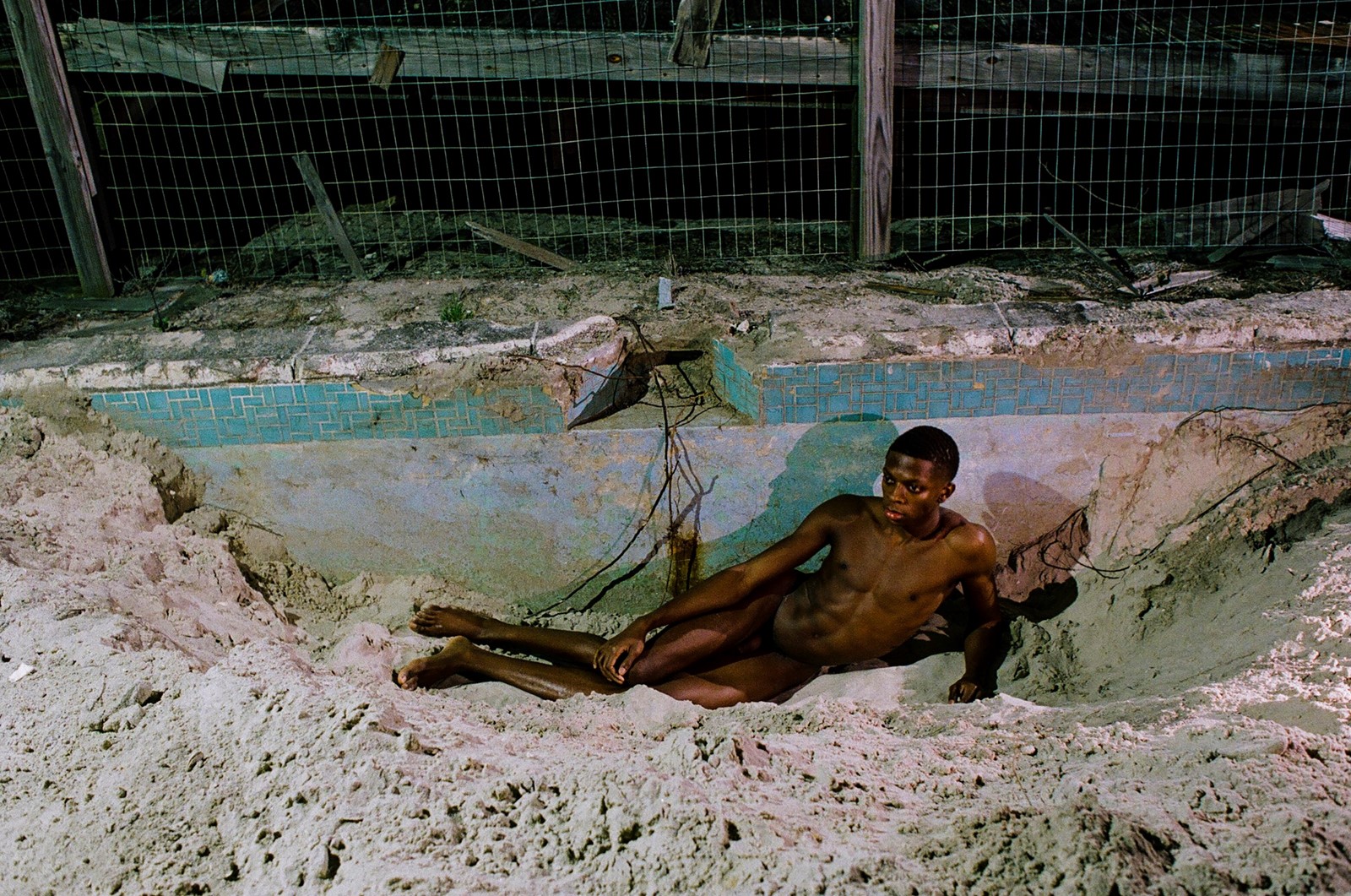
To Die Alive by Matthew Leifheit
At its 9.6 square mile breadth, Fire Island holds more than its topographic extents. Queer histories abound across the secluded island off of New York City, spanning generations of death, sex and celebration. New York-based artist Matthew Leifheit’s photo book To Die Alive imbues the images of sex-infused island life with mortality, and given Fire Island’s relationship with the Aids pandemic (and being the death place of the American poet Frank O’Hara), the artist’s decision feels imperative. Including an essay by Jeremy O Harris, the book is a chronicle of sexual encounters behind the bushes, under the night sky or in baroque, lush interiors.
Read AnOther’s interview with Matthew Leifheit here.
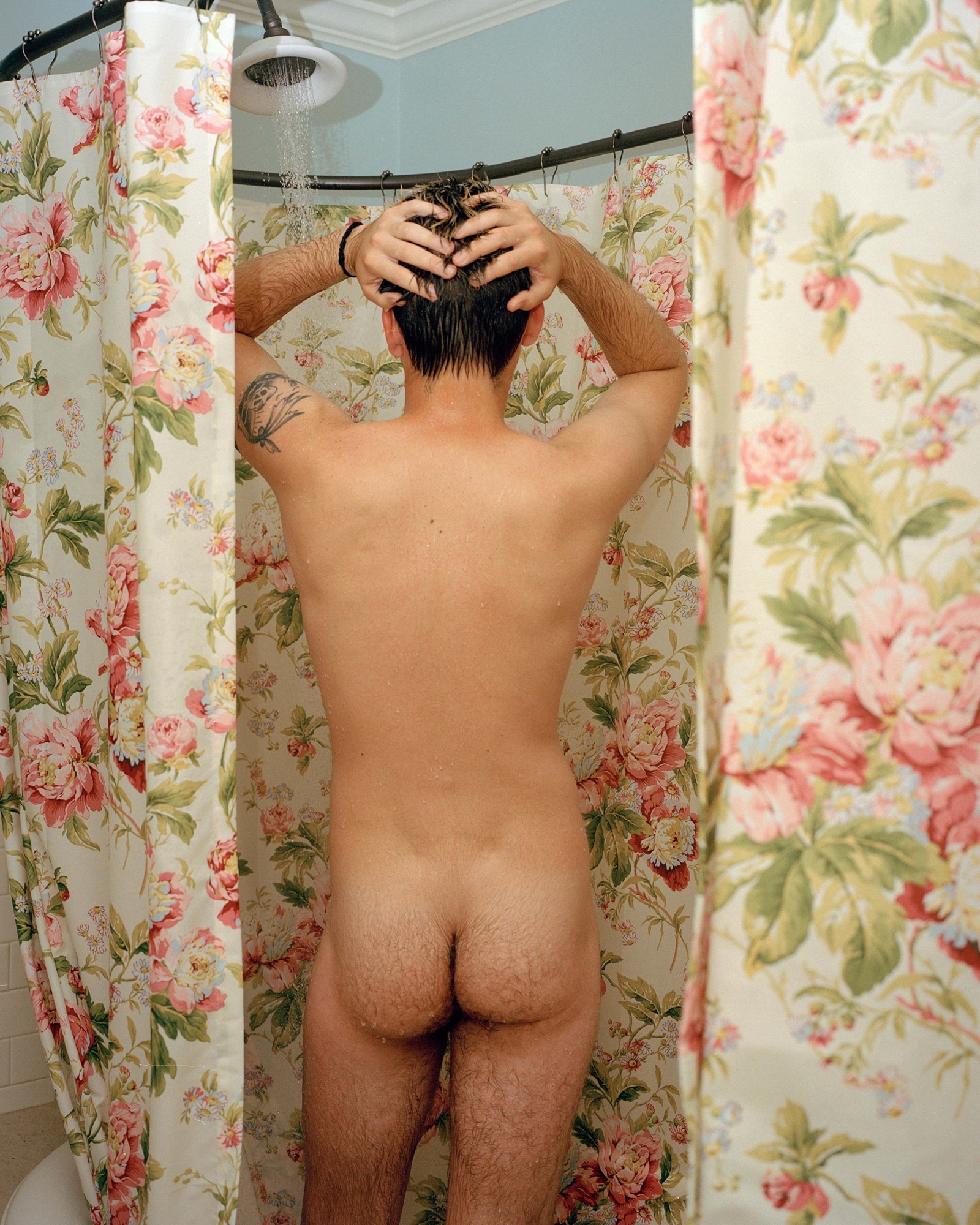
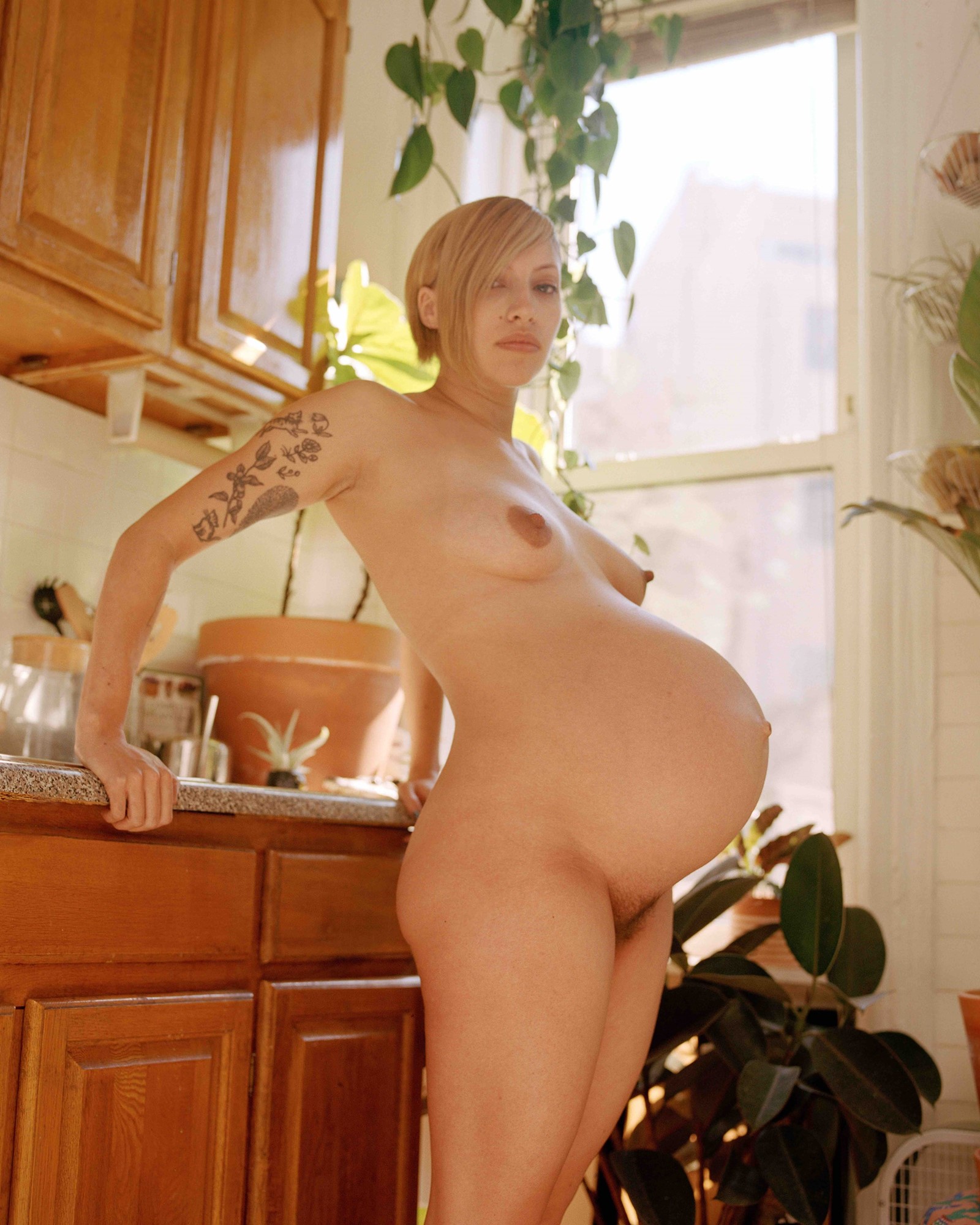
Bedfellow by Caroline Tompkins
Desire is an experience of multitudes, which can entail fear and caution just as much as a bodily urge. New York-based photographer Caroline Tompkins’s Bedfellow captures the thrill of sleeping with the enemy, disrupting the twofold imposition that women are to both desire and fear men. Growing up in rural Ohio, Tompkins has witnessed multiple performances of masculinity, while the exposure of her career as a photographer has put her before the likes of Michèle Lamy and Theaster Gates. Bedfellows captures her wide-reaching lens’s curiosity for human relationships with images of nature, a house burning down, and men, physically and emotionally bare.
Read AnOther’s interview with Caroline Tompkins here.
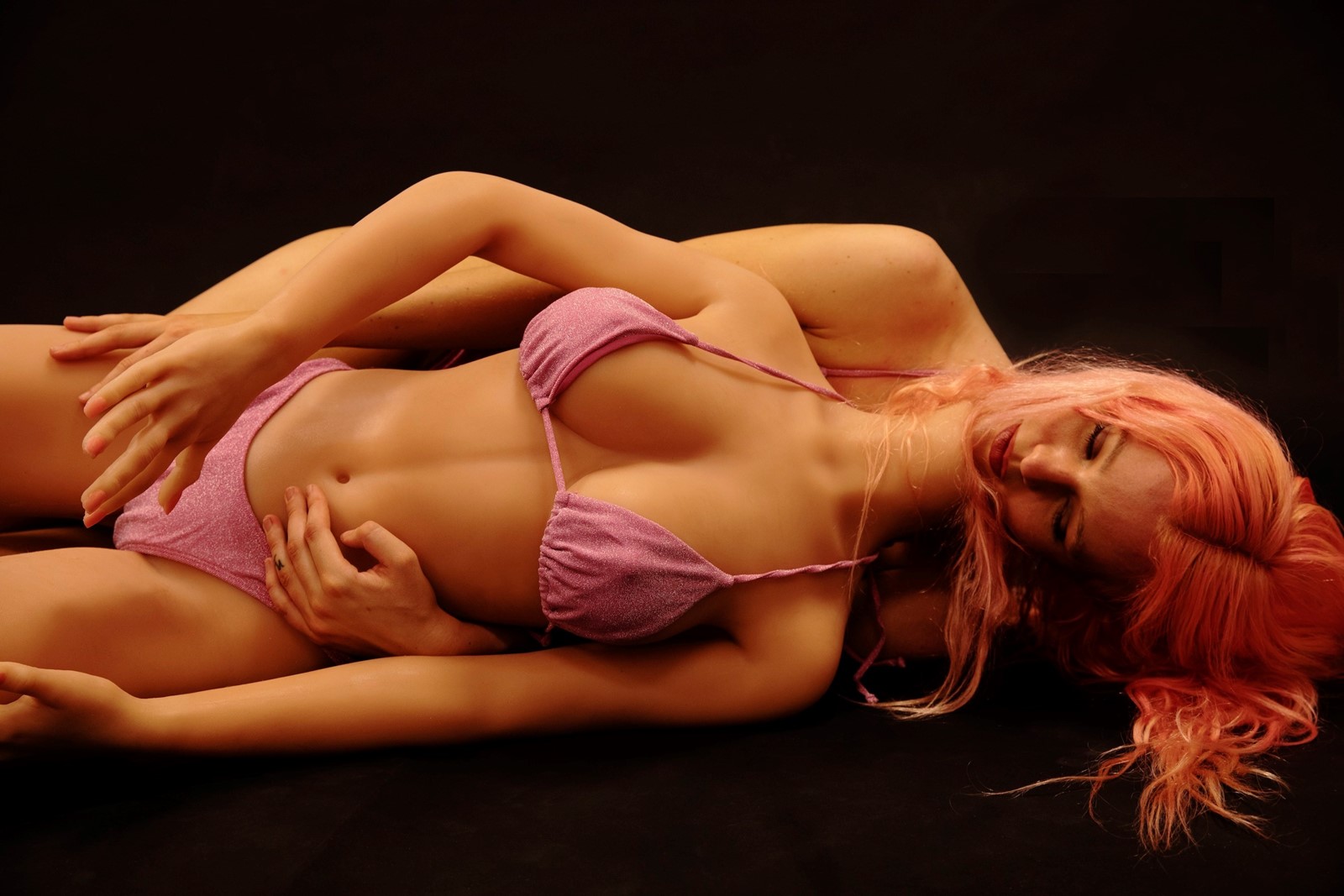
A Doll’s House by Arvida Byström
Sex has never felt as near to technology in the present moment. Goggles can zoom us into any otherwise impossible fantasy; masturbating with someone on the other side of the world is a click away – and that’s not to mention the proliferation of dick pics, sexting, and dating apps. Swedish artist Arvida Byström’s A Doll’s House series renders two skins – real and artificial – nearly identical, documenting the artist’s moment of compassion with the silicon sex doll, Harmony. The exhibition, which was on view at Stockholm’s Galleri Format this autumn, featured images that ranged from the divine to the sensual. In one image, Byström is a Mary dressed in pink, while a headless doll stretches over her lap à la Jesus, albeit in a bikini top and short shorts in the same hue; another shot shows the artist sticking her tongue towards the doll’s thick lips, her deadpan, lifeless expression painted by generous make-up.
Read AnOther’s interview with Arvida Byström here.
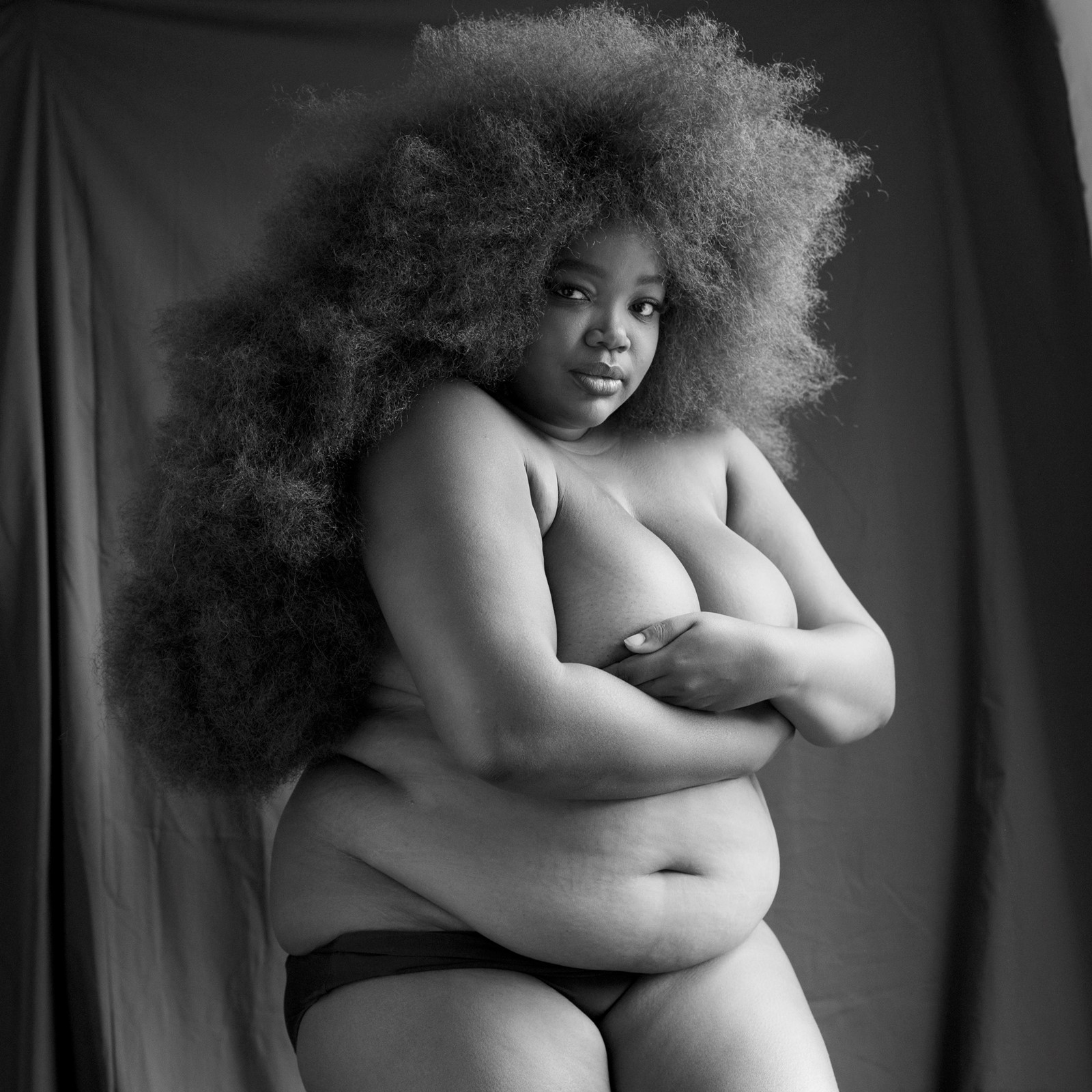
Bombshell by Ethan James Green
Buzzy expressions have, one way or the other, integrated into our click bait-driven meme-coded vernaculars. New York-based photographer Ethan James Green’s book Bombshell prompts a broader definition of the titular saying, that has been traditionally utilised to define a form of feminine beauty. In doing so, the subjects captured by Green in include larger bodied or trans models, shot in the familiar sleekness of editorial photography while including identities historically omitted from the genre. Photographer and actress Martine Gutierrez poses in a white boyfriend shirt, in a fashion reminiscent of the supermodels era of the 1990s, while illustrator and model Connie Fleming is seen in lingerie and long gloves from behind, her face bearing an expression of confidence and sensuality at once.
Read AnOther’s interview with Ethan James Green here.
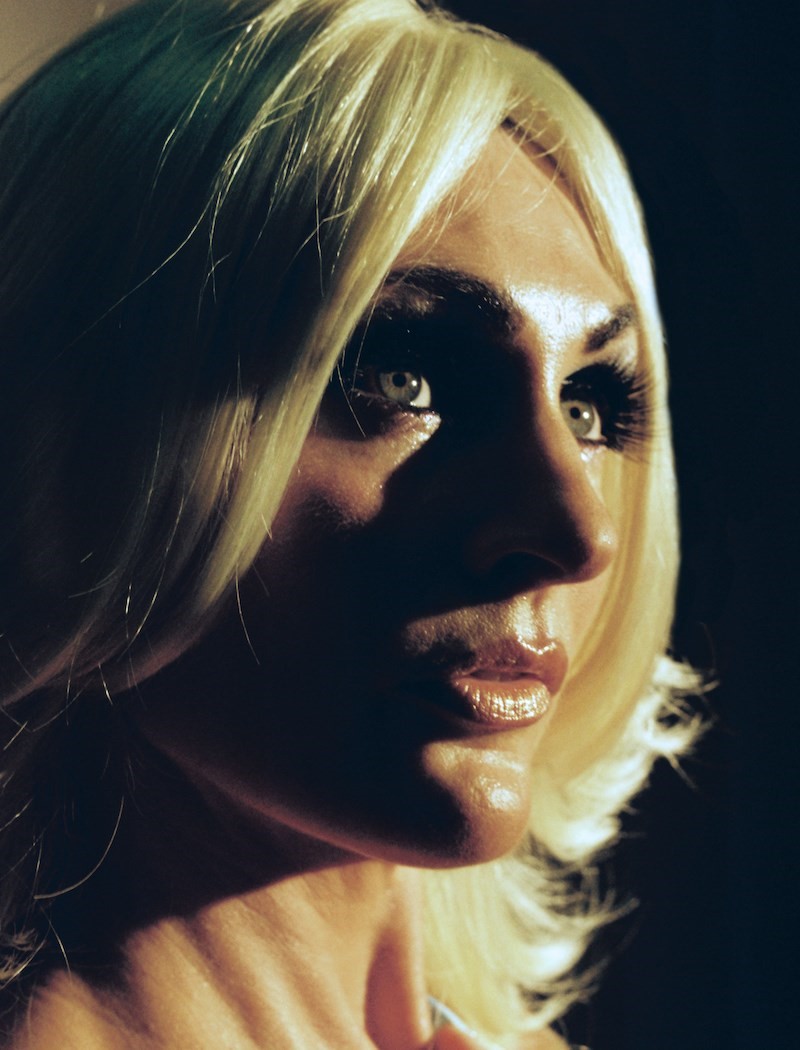
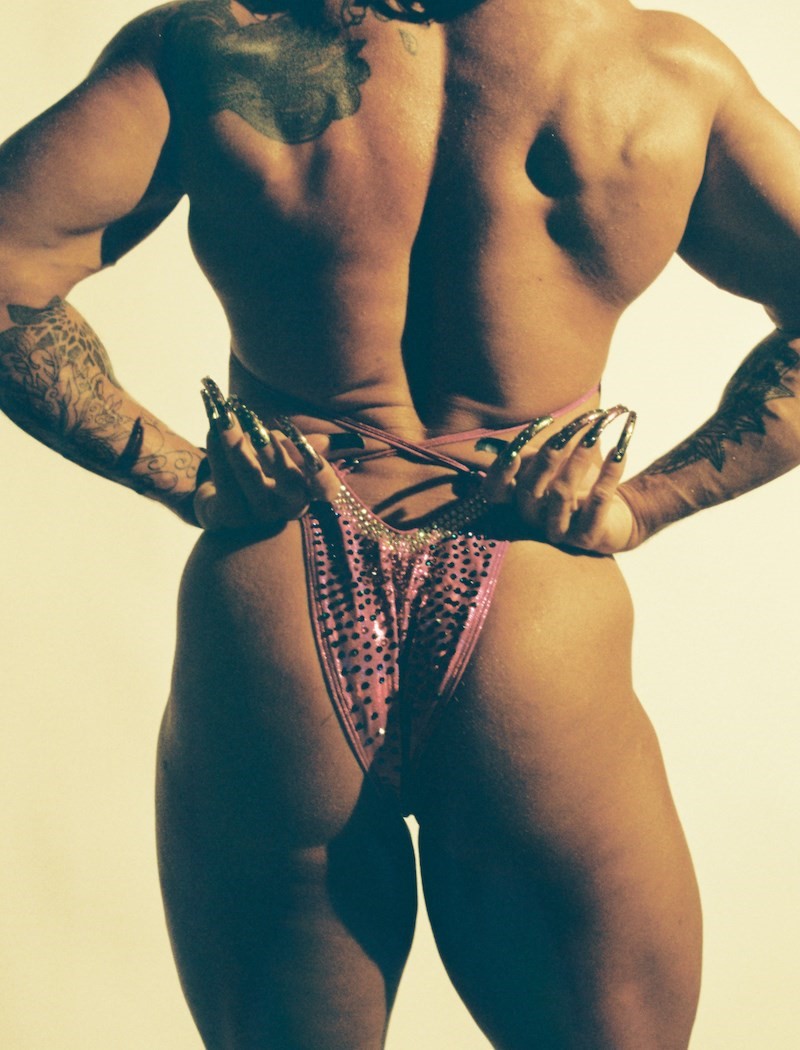
Core by Celia Croft and Kate Kidney-Bishop
Empowerment defies physical strength – however, muscled up bodies have the potential to claim both internal and bodily might. The ten female bodybuilders in the London-based photographer Celia Croft and Kate Kidney-Bishop’s debut book, Core, radiate all forms of empowerment. The women pose with elegance and determination in the book’s 40 images, flexing their ample muscles and baring their souls under Croft’s dramatic lighting. Donning bikinis and long nails, they perform a type of femininity not uncommon in contemporary photography; their bulky silhouettes fill the artist’s lens with energy, while their muscles fall into various plays with light over their oiled skin.
Read AnOther’s interview with Celia Croft and Kate Kidney-Bishop here.
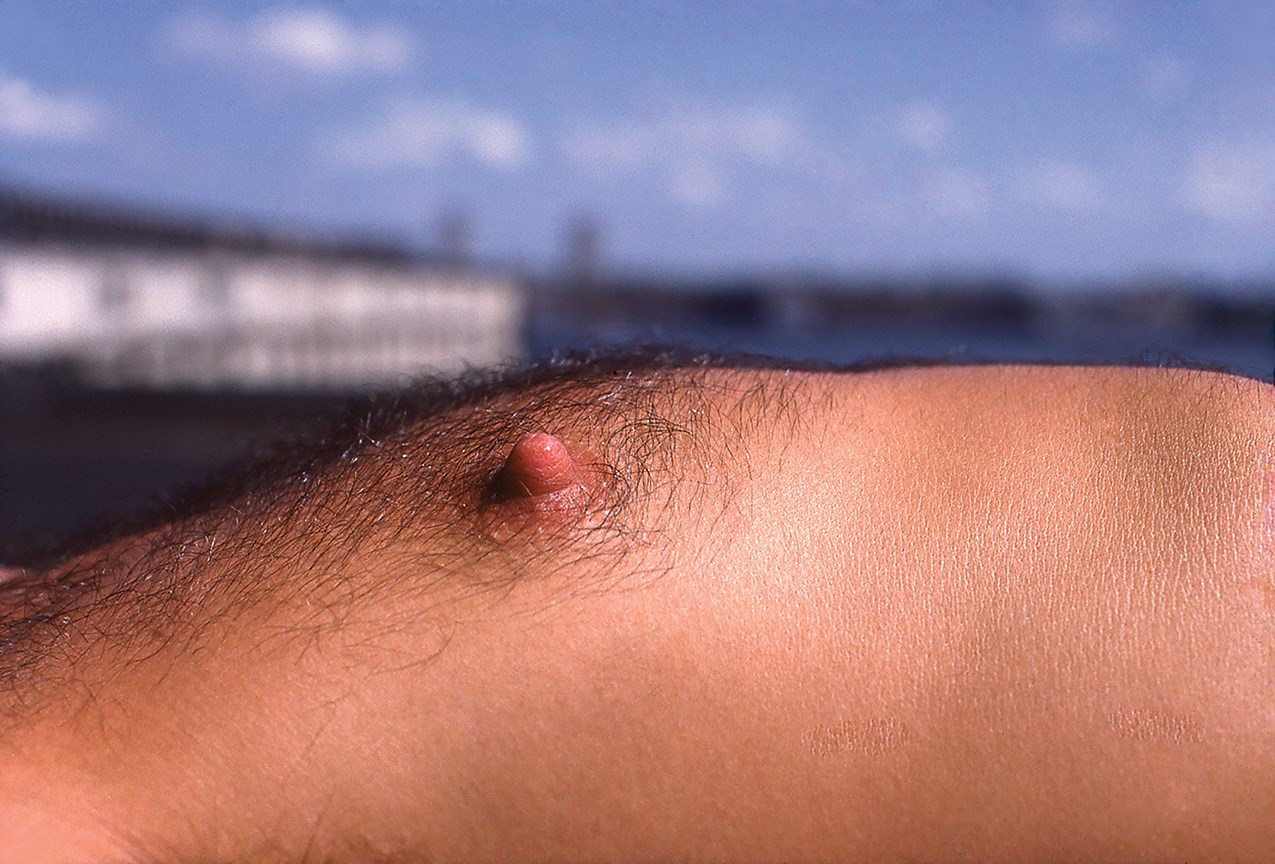
The Piers by Stanley Stellar
Photography has long been Stanley Stellar’s tool for survival, reverie and activism. The New York-based artist’s image repertoire of over four decades was the subject of The Piers exhibition at the Tribeca gallery Kapp Kapp in January, documenting New York’s bygone gay mecca where towering high rises now claim the scenery. In Nipple Blue Sky, a man’s nipple rises over a hairy chest like a hill with the blue Manhattan sky and crumbling warehouses blurry in the background. Elsewhere, black-and-white photographs show men in search of carnality, repose and friendship, in and around a wash of industrial heft with erected silos and secluded nooks.
Read AnOther’s interview with Stanley Stellar here.
